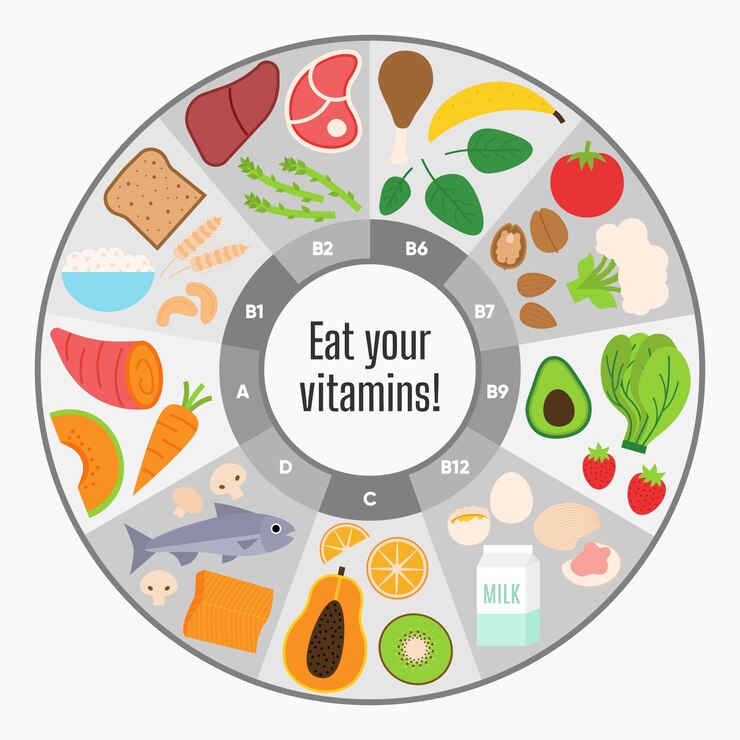Hypertension, or high blood pressure, is a widespread health issue that increases the risk of heart disease, stroke, and other serious conditions. One of the most effective ways to manage hypertension is through dietary changes, particularly by reducing sodium intake. Sodium, found in salt, can elevate blood pressure by causing the body to retain water, increasing the volume of blood that the heart must pump.
Understanding Sodium and Hypertension:
Sodium plays a crucial role in maintaining fluid balance and blood pressure. However, excessive sodium intake can lead to water retention, which increases blood volume and, consequently, blood pressure. The average diet in many countries contains more sodium than the body needs, contributing to the prevalence of hypertension.
Benefits of a Low-Sodium Diet:
1. Blood Pressure Management:
Reducing sodium intake can significantly lower blood pressure. Studies have shown that people who follow a low-sodium diet can reduce their systolic blood pressure by an average of 2-8 mm Hg. This reduction can have a substantial impact on reducing the risk of heart disease and stroke.
2. Reduced Risk of Cardiovascular Disease:
Lowering blood pressure through a low-sodium diet reduces the strain on the cardiovascular system. This decrease in blood pressure helps prevent heart disease, heart attacks, strokes, and heart failure, all of which are linked to high blood pressure.
3. Kidney Health:
The kidneys play a vital role in regulating blood pressure by controlling fluid balance. High sodium levels can strain the kidneys, leading to impaired function and increased risk of kidney disease. A low-sodium diet supports kidney health by reducing this strain.
Impact on Overall Health:
1. Improved Vascular Health:
A low-sodium diet helps maintain the elasticity of blood vessels, improving circulation and reducing the risk of damage to the arterial walls. This effect helps prevent the development of atherosclerosis, a condition characterized by the hardening and narrowing of arteries.
2. Weight Management:
Reducing sodium intake can also contribute to weight loss. High-sodium diets often correlate with high-calorie foods, leading to weight gain. By focusing on low-sodium foods, individuals are more likely to choose healthier, nutrient-dense options that support weight management.
Practical Tips for Adopting a Low-Sodium Diet:
1. Reading Food Labels:
Learn to interpret food labels to identify high-sodium products. Look for items labeled as "low-sodium," "reduced sodium," or "sodium-free." Aim for foods with less than 140 mg of sodium per serving.
2. Cooking and Meal Preparation:
Prepare meals at home using fresh ingredients. Use herbs, spices, and other seasonings instead of salt to add flavor to dishes. Avoid processed and packaged foods, which often contain high levels of sodium.
3. Eating Out:
When dining out, request that your meal be prepared without added salt. Choose restaurants that offer low-sodium options and be mindful of portion sizes, as larger portions often contain more sodium.
Challenges and Considerations:
Reducing sodium intake can be challenging, especially for those accustomed to a high-sodium diet. It requires a conscious effort to make healthier choices and may involve re-training the palate to enjoy less salty foods. However, the long-term health benefits make this effort worthwhile.
Adopting a low-sodium diet can be a powerful tool in managing hypertension and improving overall cardiovascular health. By understanding the benefits and making informed dietary choices, individuals can take proactive steps towards reducing their blood pressure and enhancing their quality of life.




